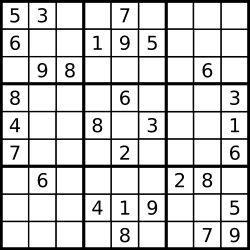LeetCode
Given a string s, partition s such that every substring of the partition is a palindrome.
Return all possible palindrome partitioning of s.
For example, given s =
Return
"aab",Return
[
["aa","b"],
["a","a","b"]
]
Solution: DFS, Recursion
declare start point st, make it move from 0-> s.length(), for each st, check every substring generated by st and i, st+1<=i<=s.length(), if the substring is a palindrome then put it into ArrayList<String> partition, if st reach s.length() mean we got a valid partition for given string s, then put it into ArrayList<ArrayList<String>> result;



